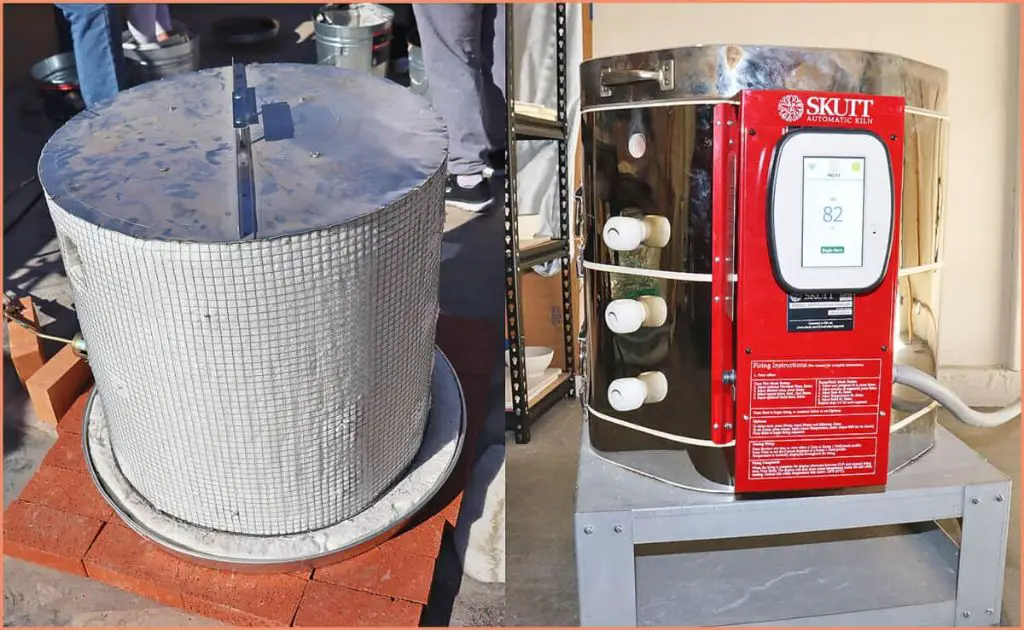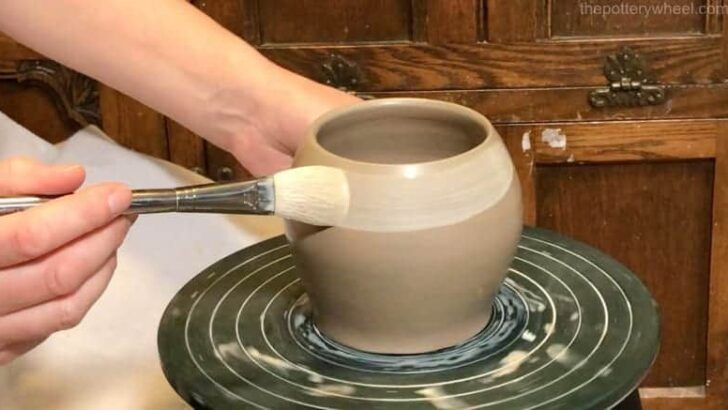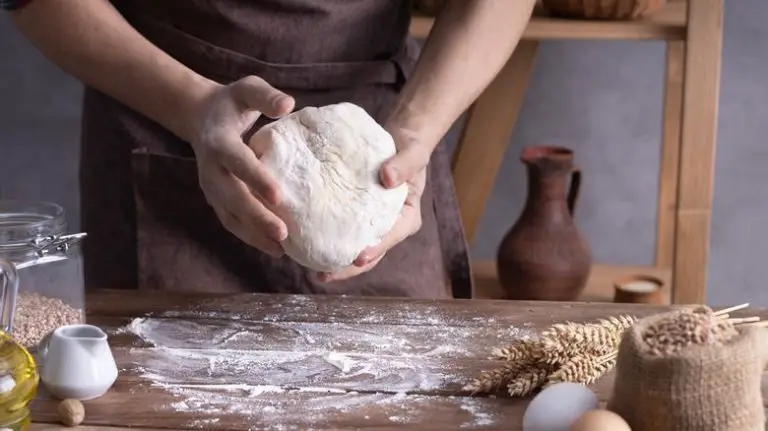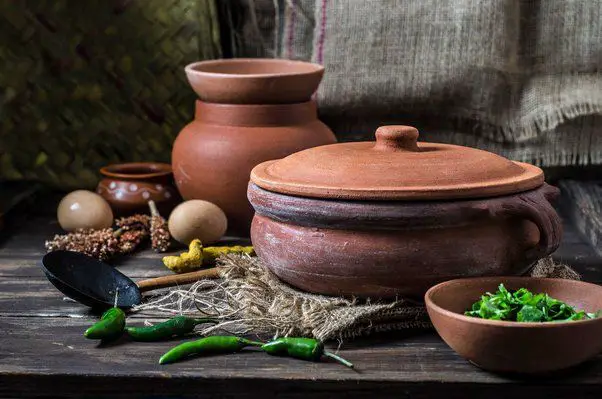What Type Of Kiln Do You Need For Glass?
Glassmaking requires heating raw materials to extremely high temperatures in order to melt and fuse them into glass. To achieve these temperatures, most glass artists and hobbyists use a special oven called a kiln. There are several types of kilns commonly used for glass fusing, slumping, lampworking, and other glass techniques.
When selecting a kiln for your glass studio, there are a few key considerations: kiln type, size, temperature range, ventilation, and safety features. The right kiln choice depends on factors like your budget, available space, preferred glassworking techniques, and volume of work. This guide provides an overview of the most popular kiln options for glass and things to keep in mind when choosing one.
Electric Kilns
Electric kilns are the most common type of kiln used for glasswork today. They heat the interior chamber using electric heating elements. Electric kilns allow for precise temperature control using a digital pyrometer, making them ideal for glass which requires specific heating and cooling cycles (Source).
Electric kilns are available in many sizes, from small tabletop models to large industrial sizes. They are energy efficient and relatively affordable to operate. Most electric glass kilns used by hobbyists and small studios range from 1 to 10 cubic feet in size.
Electric kilns heat up quicker than other types, allowing glass artists to work efficiently. The elements are also exposed within the chamber, radiating heat directly into the space. Popular options for electric kilns include top loading or front loading, depending on the needs of the glassworker.
Overall, electric glass kilns offer excellent temperature control, quick heating, energy efficiency, and easy affordability for most budgets. This makes them the top choice for most glass artists working today.
Gas Kilns
Gas kilns use gas, either propane or natural gas, to fuel the heating elements and reach high temperatures for firing. They can achieve a wider range of temperatures compared to electric kilns, often reaching over 2300°F (1260°C). Gas kilns fire in a reduction atmosphere, which influences the colors and effects on the glass. The reduction atmosphere removes oxygen, resulting in bolder colors and metallic lusters on glass.

Gas kilns allow more control over the firing atmosphere and can produce effects not possible in electric kilns. However, gas kilns do require ventilation to deal with combustion gases. They are also more expensive to purchase and operate than electric kilns. Propane tanks need to be refilled while natural gas requires professional installation and plumbing. Despite higher operating costs, many glass artists prefer gas kilns for the atmospheric effects on the glass.
According to [https://www.soulceramics.com/pages/what-to-look-for-when-buying-a-kiln](https://www.soulceramics.com/pages/what-to-look-for-when-buying-a-kiln), gas kilns allow artists to achieve bolder colors and special effects not possible with electric firing. But the results come at the cost of increased ventilation requirements and operating expenses.
Ceramic Fiber Kilns
Ceramic fiber kilns are constructed using spun ceramic fiber insulation to form the walls, ceiling, and floor. Ceramic fiber is made by melting a combination of high-purity alumina and silica at about 2150°F (1177°C) and then spinning the melted material into fibers. These fibers have low thermal conductivity and excellent thermal shock resistance, making them very effective insulators (Ceramic Fiber – an overview).
The key properties of ceramic fiber that make it suitable for kilns are:
- Low thermal conductivity – reduces heat loss from the kiln
- High heat resistance – can withstand temperatures up to 2300°F (1260°C)
- Low thermal mass – requires less energy to heat up and cool down
- Resilience against thermal shock – can handle rapid temperature changes
Compared to traditional firebrick kilns, ceramic fiber kilns heat up faster, use less energy, and are more durable against thermal shock. The main downside is that ceramic fiber can degrade over time with exposure to heat, requiring replacement of the insulation. Proper ventilation and limiting exposure to moisture can extend the life of ceramic fiber kilns (Ceramic Fiber vs. Firebrick Kiln Interiors).
Front-Loading vs Top-Loading Kilns
There are two main types of kiln designs – front-loading and top-loading. Both have their pros and cons to consider.
Front-loading kilns open from the front to load and unload work. Pros of front-loaders include easier accessibility without having to lift work overhead, and the ability to stack multiple shelves high. However, they do require more space in front to allow the door to open. Front-loading kilns can also lose more heat during unloading compared to top-loaders 1.
Top-loading kilns are loaded from the top and require lifting work overhead to load. Benefits include taking up less floorspace and retaining heat better during unloading. However, overhead lifting can be challenging, and height restrictions may limit the number of shelves 2.
Overall, the choice often depends on space constraints as well as individual lifting ability and preferences.
Kiln Size
When selecting a kiln for glass, you’ll want one that provides enough interior space for the size of the glass pieces you plan to fire. Many hobbyist glass artists find that an interior kiln chamber of approximately 14″ x 14″ x 5″ (width x depth x height) provides sufficient room for small plates, bowls, jewelry pieces, and art glass items. Some common interior dimensions for small to mid-sized glass kilns are:
- 10″ x 10″ x 4″ – Good for jewelry, small plates
- 12″ x 12″ x 5″ – Suitable for bowls, lighting, small sculptures
- 14″ x 14″ x 5″ – Accommodates a variety of glass pieces and small projects
- 16″ x 16″ x 6″ – Provides extra room for larger plates, bowls, platters
Larger glass kilns in the 20″-24″ range allow firing of big plates, large bowls, and glass panels. When determining the right size kiln, evaluate the size of glass pieces you want to fire now and potentially make in the future. Allow some extra interior space to provide flexibility ([1]). The shape of the interior chamber is also a consideration – rectangular kilns tend to be preferred over round ones for glasswork.
Temperature Requirements
Glass requires very specific temperatures to properly fuse and slump. According to Kilnfrog, the stages and ideal temperature ranges are:
- Fast Cooling: 1500°F to 1100°F range
- Annealing: 1100°F to 700°F range
- Cooling to Room Temperature: 700°F to room temperature range
It’s critical to follow these temperature guidelines. As noted in the Skutt PDF “Glass Kiln General Firing Guidelines,” glass is sensitive to temperature changes below 1000°F. If heated or cooled too quickly, the glass can crack or break.
For fusing, the optimal full fuse temperature is between 1480-1540°F. Slumping temperatures are lower, typically 1250-1350°F. Carefully follow the manufacturer’s instructions for your specific glass and project type to determine the ideal firing range.
Sources:
https://kilnfrog.com/pages/firing-stages
https://skutt.com/pdf/glass_kilns/Genfire.pdf
Ventilation
Proper ventilation is extremely important when operating a glass kiln. Kilns can produce harmful fumes from the materials inside, especially during the firing process. These fumes contain gases like carbon monoxide as well as potential particulate matter. Exposure to these fumes over time can be dangerous.
Make sure your kiln is hooked up to a proper venting system. Most glass kilns will require a downdraft vent that pulls air down and vents it outside. Position the venting ductwork near the top of the kiln. The venting system should be powerful enough to remove all fumes from the kiln and workspace.
Consider placing the kiln near an exterior wall or garage door to simplify venting. Avoid venting into interior spaces or attics where fumes can build up. Proper ventilation protects you from dangerous exposure and also prevents fumes from damaging the kiln and electronics.
In addition to venting the kiln itself, make sure the overall workspace has adequate airflow to dilute and exhaust any residual fumes. Open windows, use exhaust fans, and avoid operating the kiln in confined spaces.
Check local building codes and manufacturer guidelines for specific ventilation requirements. With proper venting and airflow, you can fire up your kiln safely and comfortably.
Safety Tips
When using a kiln to fire glass, it’s crucial to follow proper safety guidelines to avoid injuries or accidents. Here are some key tips for firing glass safely:
Wear protective gear – always use heat-resistant gloves when loading/unloading the kiln, as well as safety glasses to protect your eyes from glare. Consider a respirator or dust mask as well [1].
Allow proper ventilation and clearance – make sure to vent your kiln properly, either through a downdraft vent or by firing outdoors. Maintain adequate clearance from walls and other materials [2].
Mind extreme heat – be very cautious when opening the kiln, as the inner chamber will be extremely hot. Use heat-resistant gloves and stand clear while allowing heat to vent.
Follow electrical safety – use the proper amperage and voltage for your kiln, and make sure the electrical hookups are rated for the kiln’s power draw. Check cords for fraying [3].
Never leave a firing unattended – stay nearby your kiln while it’s operating in case any issues arise that require immediate shutdown.
Learn proper loading techniques – distribute weight evenly in the kiln and use stilts/separators to allow airflow and prevent pieces from sticking.
Conclusion
When choosing a kiln for glass fusing or slumping, there are several key factors to consider:
Type of kiln – Electric kilns provide the most control and even heating for glass. Gas kilns can work but may have hotspots. Microwave kilns are inexpensive but less precise.
Temperature range – Ensure the kiln can reach temperatures between 1250-1500°F for fusing and slumping glass.
Size – Consider the size and number of glass projects you’ll be working on. Larger kilns allow more space.
Speed – Faster heating kilns save time but may be more expensive. Look for kilns that can heat up at around 400-600°F per hour.
Quality of elements – Look for elements that heat evenly across the kiln floor.
Ease of use – Front loading kilns are easier to load than top loaders. Digital controls are simpler than manual.
Brand reputation – Stick to reputable kiln brands known for reliability and durability.
Safety features – Proper ventilation and kiln sitters help prevent overheating accidents.
By evaluating these factors, you can select the right glass fusing or slumping kiln to suit your needs, experience level, and budget.





